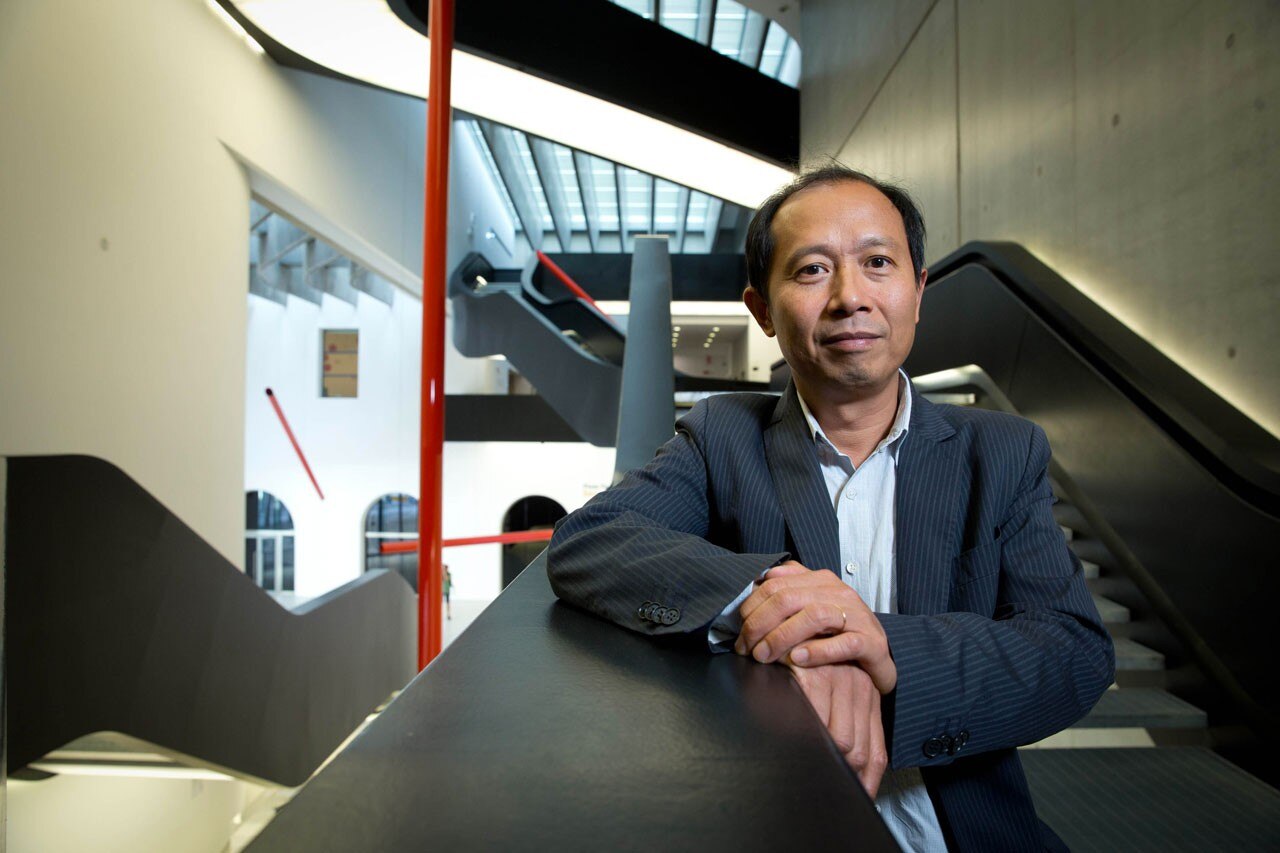Domus: Hanru, you have spoken of the “institution” as an “agora”? Would you explain how you fit this metaphor into your agenda? Is it possible to create a participatory institution in our neoliberal institutional world?
Hou Hanru: That is certainly a challenging question. The MAXXI is a public institution, supported primarily by the state government. Despite the general recession, the public funding system for culture, education and health etc. remains a key part of Europe’s social and political system, perhaps the last surviving sign of the Social Democracy system as we have known it for the last 50-60 years. The conflicts and negotiations between this and the neoliberal systems (not only economic but ideological and political, too) have taken centre stage in social and cultural life across the continent. Italy has been central to this position, with a strong tradition for autonomous movements and protests, and, more importantly, the intellectual activism of philosophers and critics from the generation of Pier-Paolo Pasolini, Antonio Negri, Giorgio Agamben etc., which inspired the global movement of cultural and social activism, as well as many artists and creative minds…
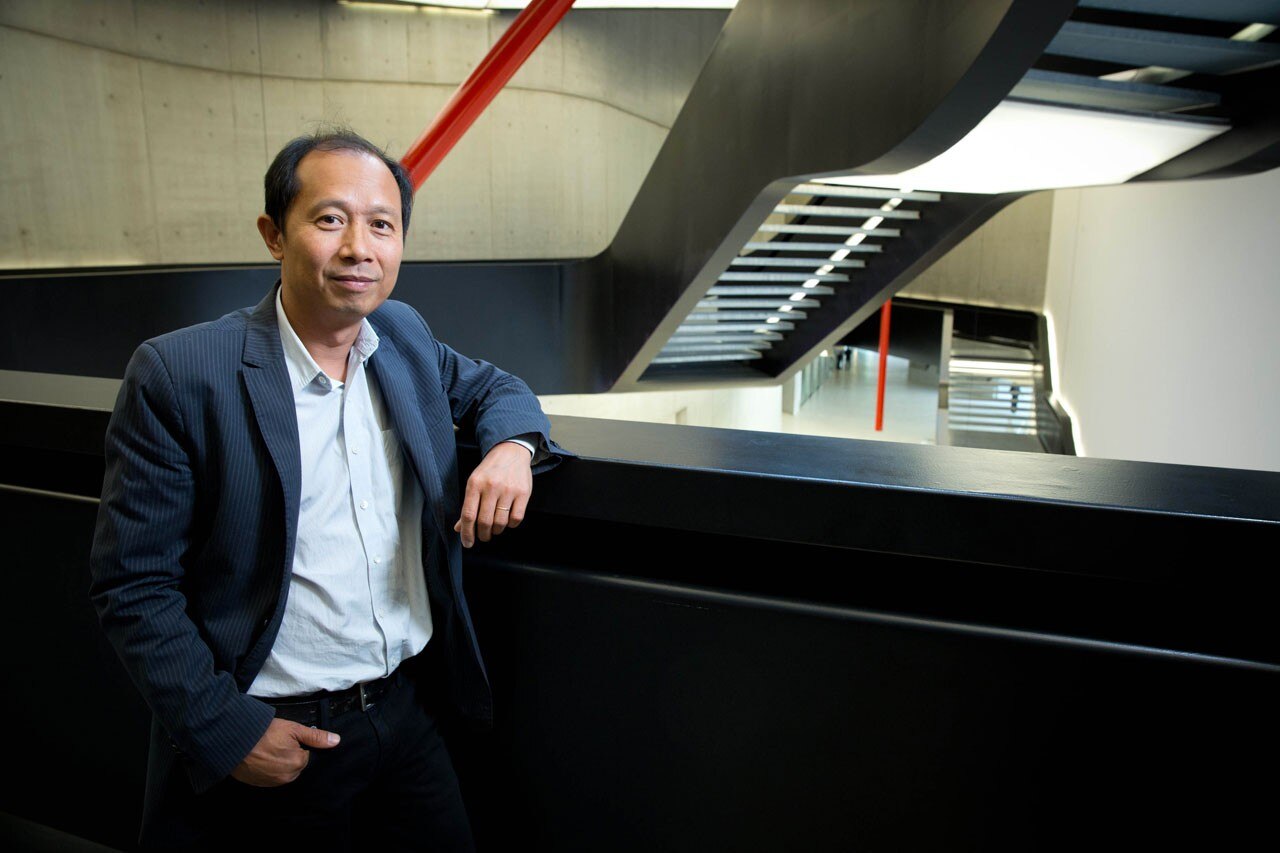
Central to this lies the question of democracy – is democracy in danger today? What is the truly valuable and just project for a democratic society? What is the future for Europe in a rapidly changing world? In Italy, and many other European countries, we are seeing the rise of populism and nationalism usurping real democracy. In the face of this trend, people mobilise. Spaces for public debate on the relationship between creative practices and social reality have never been more crucial. An institution like the MAXXI should be one of these spaces. Being an agora is not only possible but necessary. Funding is an essential condition for the institution’s existence. We are working hard to encourage various resources, including the private sector and individuals.
Curiously, one can say that private funding is a neoliberal phenomenon. But it is more than that. It can also be seen as the duty of the individual and the citizens as a group. It is civic participation. We need to develop more imaginative ideas and debates on the issue of civic participation in the making of an institution. Today, new forms of collective contribution – from top-down models to grass-root initiatives for social good, including art and culture – have been experimented all over. New forms of technology and communication facilitate this with unprecedented dynamics and inventions. “Crowd funding” is one of the now familiar examples… we can certainly resort to this kind of support when expanding the field of civic participation.
This means you must make the institution function not only as a conventional museum but as a real platform for public participation and exchanges amongst artists, designers, curators, the public etc.
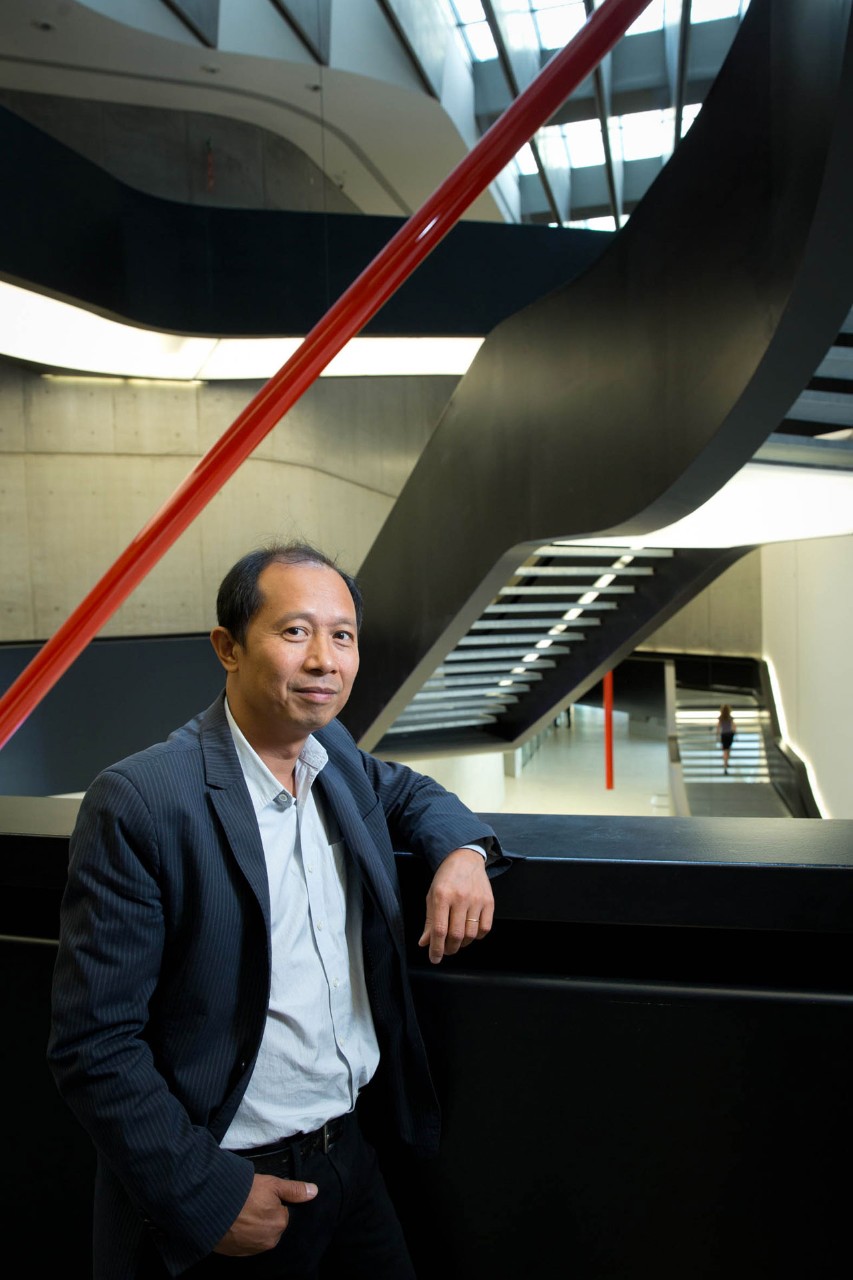
Domus: What kind of new curatorial formats do you want to invent? Is it possible to invent curatorial formats that engage with urban realities and alternative architectural practices in a major institution, a museum? What is your future curatorial approach in that sense?
Hou Hanru: There is great potential for innovative curatorial formats. The key point here is to develop new models of collaboration among the curatorial teams and other museum departments to emphasize collective intelligence. Experiments with a research-focused programming model – a sort of Research and Development (R&D) – are key here. You must realise that MAXXI does not only have art and architecture departments. It also has a research centre (La B.A.S.E.) as a potential core of programming generation. The challenging questions now are: how to address the interaction between art and architecture in the context of debates on the present and future of urban society, environmental challenges and political tensions, the role of creative practices in the redefinition of a “cultural identity” and the positions of Italy and Europe, as well as individual creativity – all in an age of changing global economic, technological, social, political and cultural systems, and especially in the face of major events across the Mediterranean region, with crises in Italy, Greece, Cyprus, Spain and Portugal, the chaos of post-Arab revolutions etc…
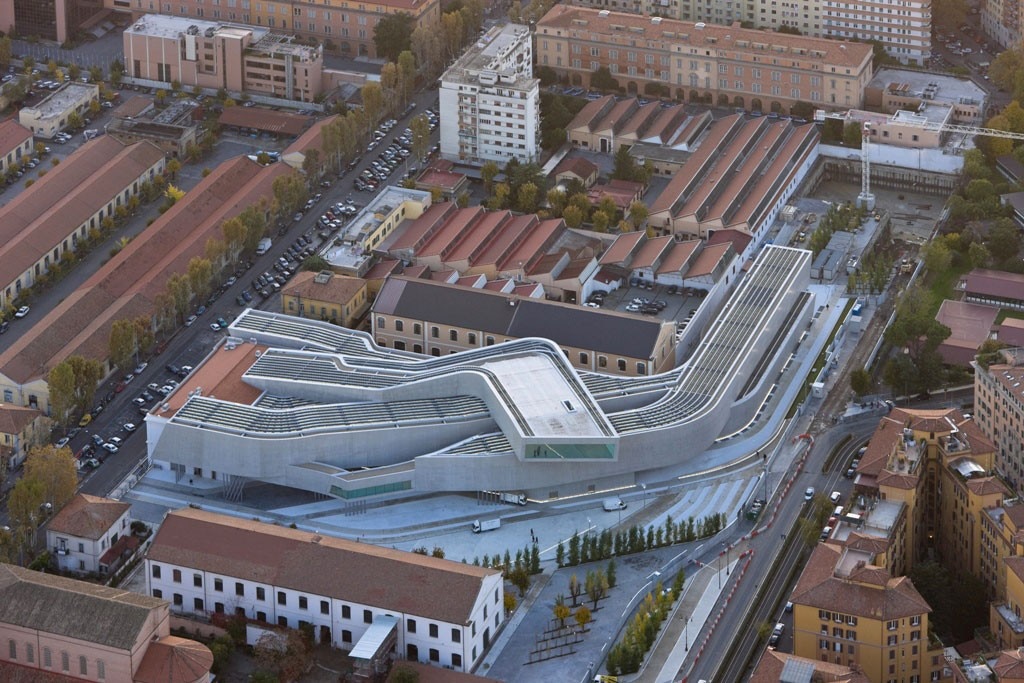
Domus: Do you think an institution like the MAXXI can emphatically reach out, for example, to the zone of the Termini railway station, which is surrounded by Rome’s multi-ethnic communities? Can the MAXXI, as an art and architectural centre, reach out to and host practices that are go beyond Rome’s mainstream visitor agenda?
Hou Hanru: Reaching out to the city is another especially important aspect of our experiments with the MAXXI’s new social role. The institution was architecturally designed as a hub that would connect different parts of the city of Rome in an example of urban development. It should not been limited to architectural and urban design alone. As mentioned above, it should, above-all, be a generator of creative ideas and debates for civic life, present and future, in the city. Rome has an enormously rich and complex but somewhat disregarded heritage and is a reserve of modernity and multi-class/multi-cultural social reality, which should be considered key to the forging of the city’s identity over and above the museum-like and tourist portrayal of history. It is only “natural” for the MAXXI to open its doors to diverse social groups and realities, including the immigrant communities. We have already developed projects in partnership with various organisations, from the municipal government to local associations etc. Many more efforts in this sense will certainly be proposed … Currently, there is a dynamic of examining the city’s periphery, thanks to work by groups such as Stalker, S.M.U.R. and especially so the endorsement of the film Sacro GRA… This dynamic certainly gives us an opportunity to look into the pertinent issues of different urban situations linked to social class and various forms of urban development, including the immigrant communities living in the “forgotten” areas.
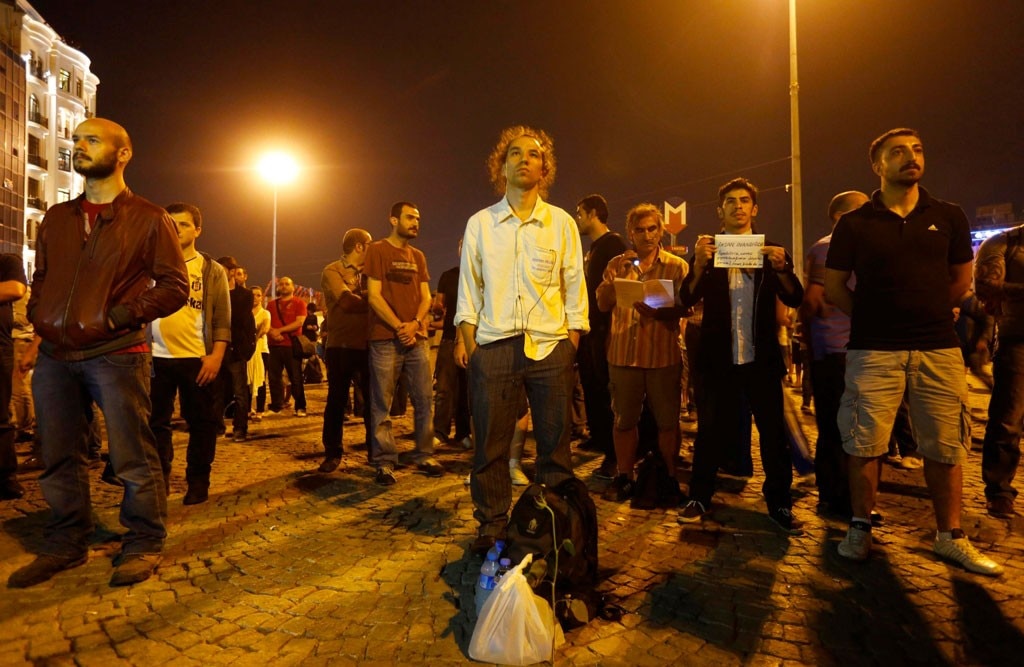
Domus: Rome has a strong activist scene, in collaboration with Naples, and with a special focus on rural engagement. How you see future alternative art and architecture practices of urban-rural engagement in Rome in terms of low-cost structures and food policy in the city of Rome and its surrounding region?
Hou Hanru: Urban farming and similar experiments are now increasingly popular across the urban world. Ironically, perhaps, the current crisis is prompting more people to experiment with these initiatives and can help bring them out of the realm of the “Sunday hobbies of urban hipsters” because poverty drives people to invent solutions for survival. This will certainly generate conflict in terms of architectural and urban-rural regulation and trigger intense but healthy debate on the issue. Informal urbanism, rural revival and other related issues are making a real impact on architectural and art practices. Many creators are not only designers but also activists in the field, both in Italy and other parts of the globe. Hopefully, this will help us reconsider the activities of design, programming and exchange, and reflect on economic, social and political values. Interestingly, the upcoming 2015 World Expo in Milan will focus on the issue of food and the environment. The MAXXI will work actively on collaborations with the event. Our programme will certainly make a contribution to the conversation.


